Neo-Green smart-city planers “from around the nation and world, met in Birmingham [Alabama] this weekend to take steps toward developing a new model for building cities that are more efficient and cleaner places for people to live, work, travel and play.”
The planning wonks are seeking to design a new protocol for green cities “to be called the Birmingham Charter.” Wow! And they met in Birmingham, Alabama? What an interesting piece of irony. One of the group’s participants, after receiving a flash of insight, believes “Birmingham could be the center of the ‘Green Building’ movement, with companies manufacturing materials and products designed to make buildings more energy efficient.”
Of course, the ever elusive Sustainability Grail is at the core of the Neo-Green’s agenda, as they seek common ground for how cities of the future can “find a better way – a better way of developing, a better way of growing.”
And now a quick review of reality – In 2008, the Birmingham News noted that “The American Lung Association rated Birmingham one of the worst five cities in the nation under two measures for particle pollution…..” Later that same year, the News had this to say, “Pollution monitors in Jefferson County show elevated levels of toxic chemicals such as arsenic, benzene and formaldehyde, according to a report being released today by The Conservation Alabama Foundation.”
The story goes on, basically in reverse, as Birmingham has had problems attaining Clean Air Act standards for over 20 years. Perhaps that’s one reason an infamous eco-freak declared Alabama’s largest city – Stinkingham.
Of course, foul air is only one parameter of Green. A smart city might recycle more than a few per cent of it’s household waste. Or figure out a way to move folks around without commuter gridlock. And then there’s the small problem of sewage disposal, which recently became a major headache for Jefferson County, Alabama – home of Birmingham. Without detailing the facts, suffice it to say that several of the County government’s finest Homo erectus asphaltus are looking at fun vacations al la the U.S. Justice Department thanks to a nefarious sewer scandal. And if you’re wondering, the sewage discharge was headed down one of the nation’s most biologically diverse rivers: the Cahaba.
All this to say – being green isn’t a planning exercise. Sustainability isn’t an engineering term. All environmental issues are local; all of them. You begin with the basics and work out from there. Clean, healthy air and water is the bedrock of livability metrics. A lack of crime and corruption plays into the mix. Exurbia doesn’t work. Neither do cookie cutter lifestyles.
Maybe the Birmingham Charter will indeed be an epiphany, a design of the new green prototype. But you can make a hell of a case that we should fix what’s wrong first. No matter where you live.
Mudd’s Prediction No. 12 – It won’t be long before the word Green is so five minutes ago. Like a bad rerun of Hee Haw. On second thought, Hee Haw was a hoot.
I think I’ll take the day off, do some cloud watching, and lessen my impact on the planet. Work can wait.
posted by Mudd






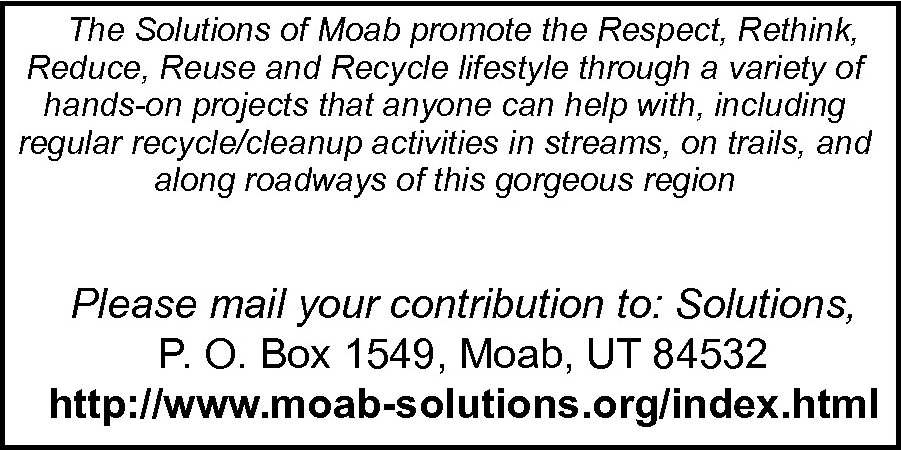
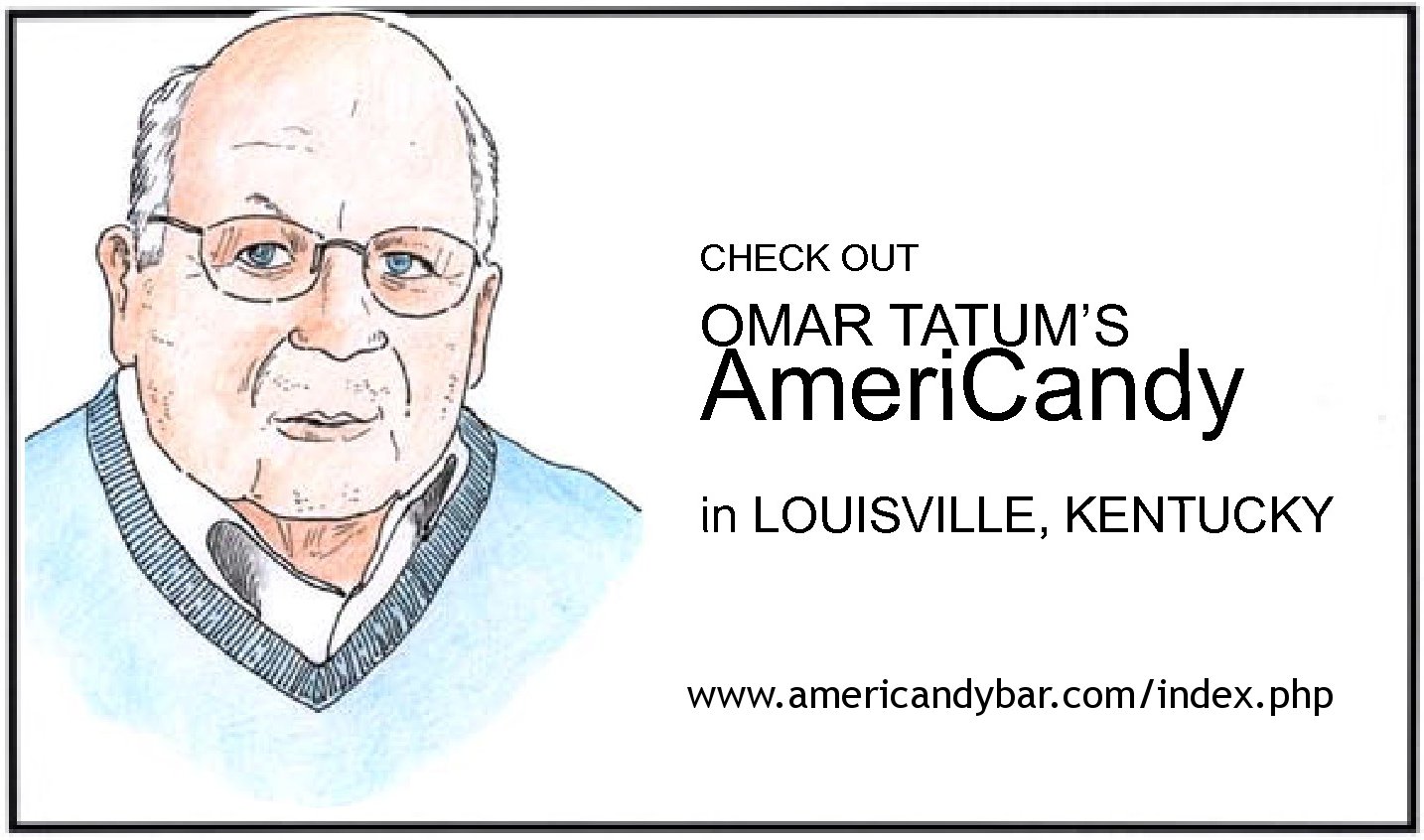

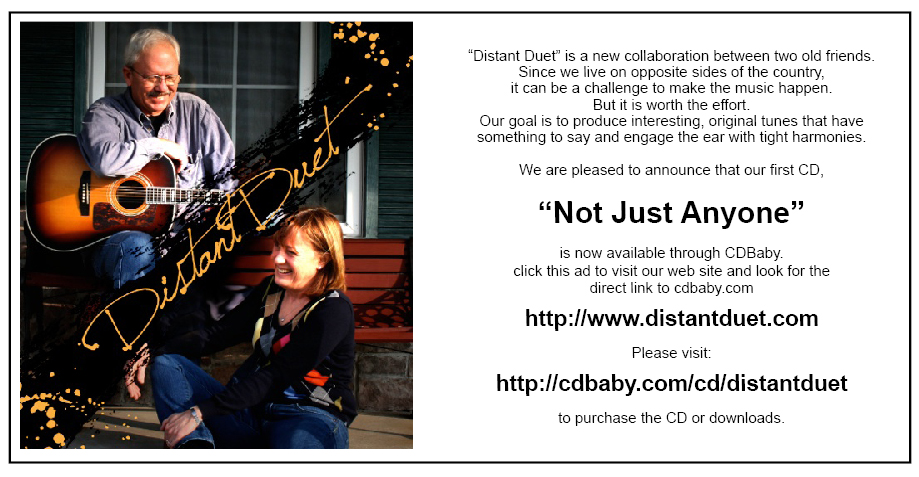


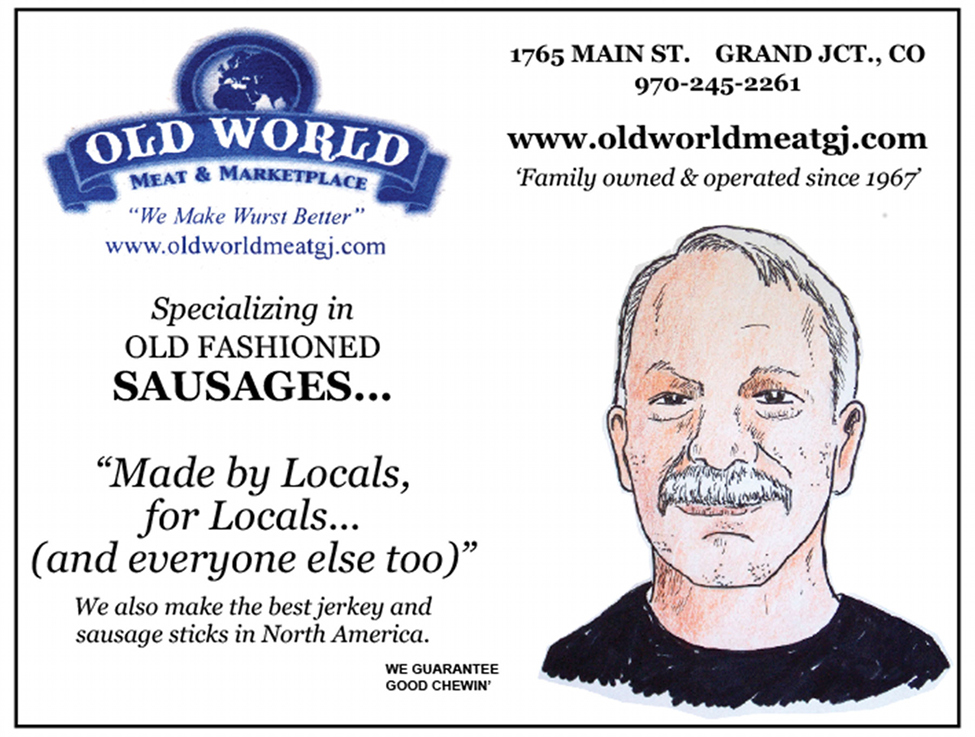


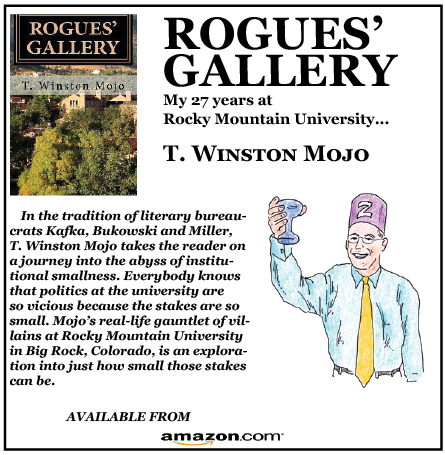
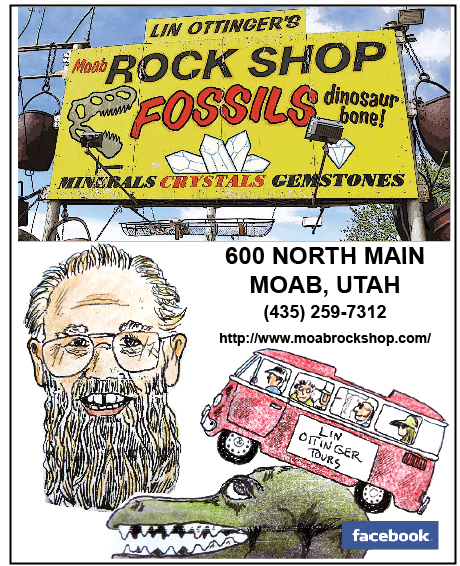


2 Responses
Stay in touch with the conversation, subscribe to the RSS feed for comments on this post.
New to this blog, but not unfamiliar with pushing and pulling the environmental and green building movements to pay attention to the deeper issues, impacts, potential and realities of the world today, I read with some interest your rather cynical and uninformed response to the effort in Birmingham this last weekend. Being from the west myself, having worked in this realm for over two decades, and having led the effort to get the building regulatory realm to understand the larger, aggregated and distributed harm created by the built environment, I had to laugh at your use of the term Neo-Green to describe who is involved and what is happening in Birmingham. You might do some research or talk to someone familiar with what you are writing about before suggesting that taking on the challenge to create sustainable communities isn’t best done in places that have big problems – like non-attainment for air quaility. There are green manufacturing facilities – that wouldn’t contribute to the problem while creating jobs in a place with an industrial history, infrastructure including extraordinary rail access, available brownfield land waiting to be cleaned up and put back to use, all kinds of existing buildings, a work force, some first class universities, and a history of leadership in addressing hard issues and movng forward. I spent three extraordinary days with local people representing business and a good cross-section of the community engaged in the kind of dialogue that most cities rarely have. It is frustrating when people in a position to actually contribute to the positive things going on in the world, instead stand on the sidelines and take potshots without knowing what they’re shooting at.
Thanks for the enlightened comment. I obviously hit what I was shooting at.
Mudd